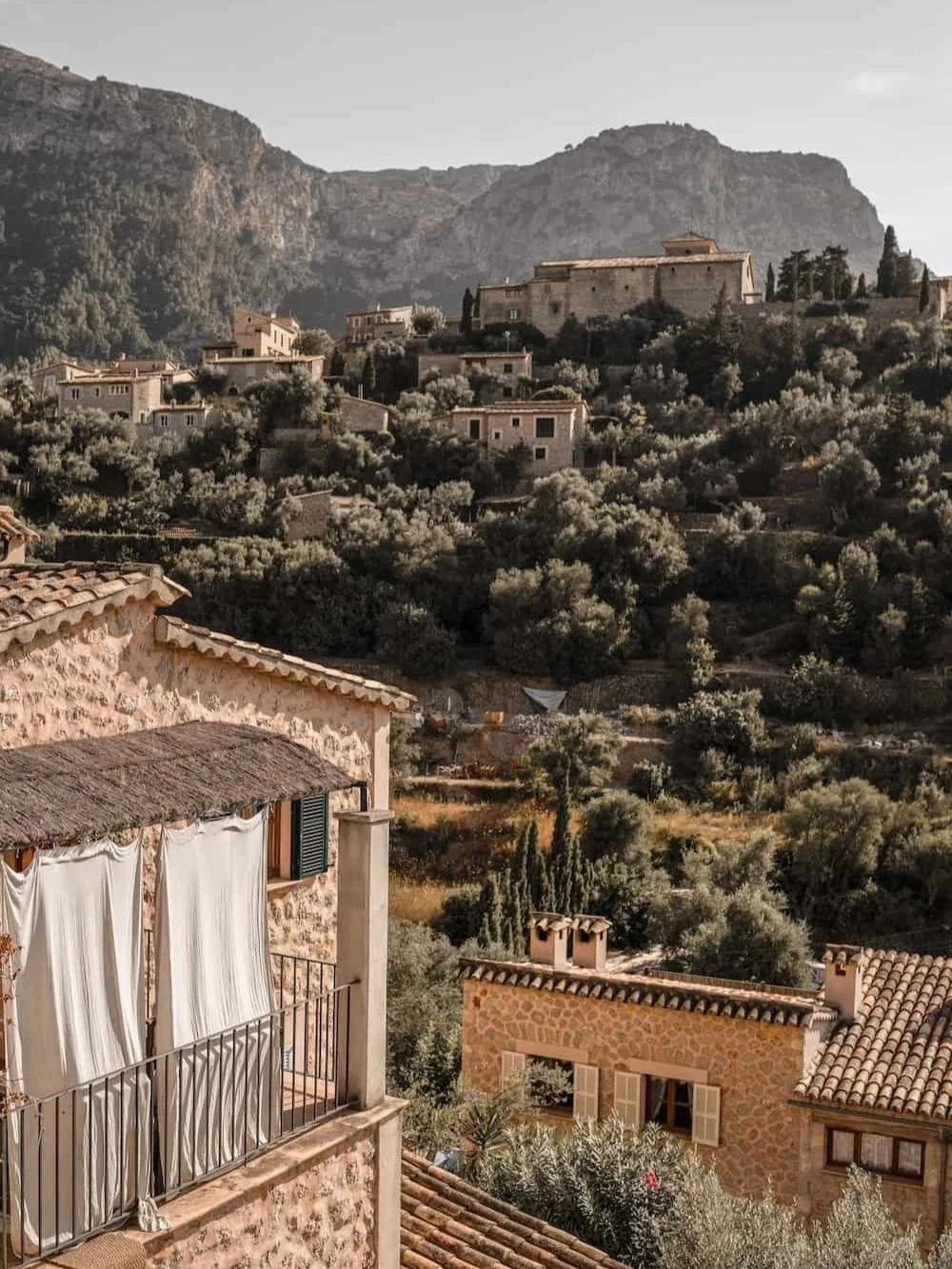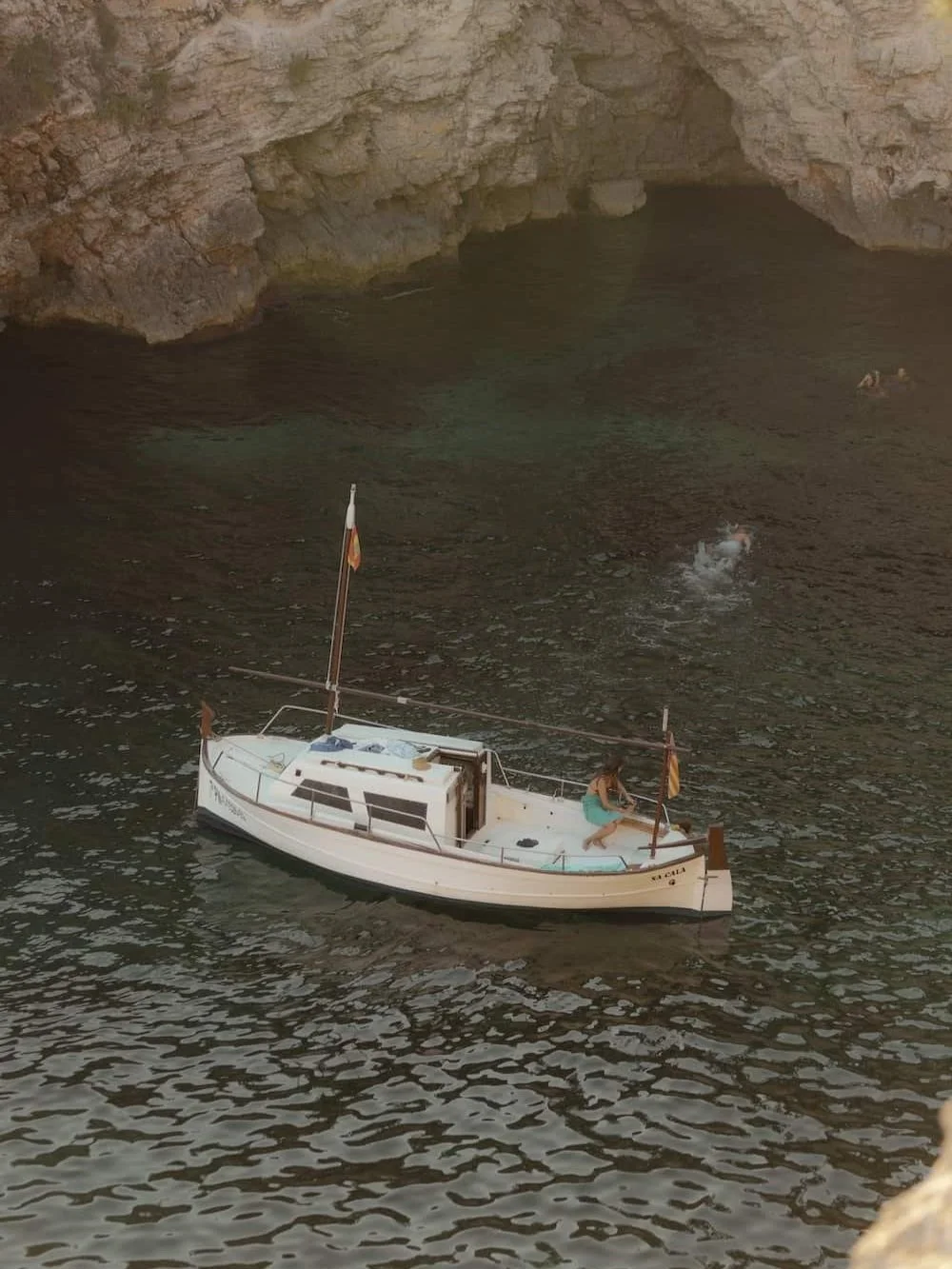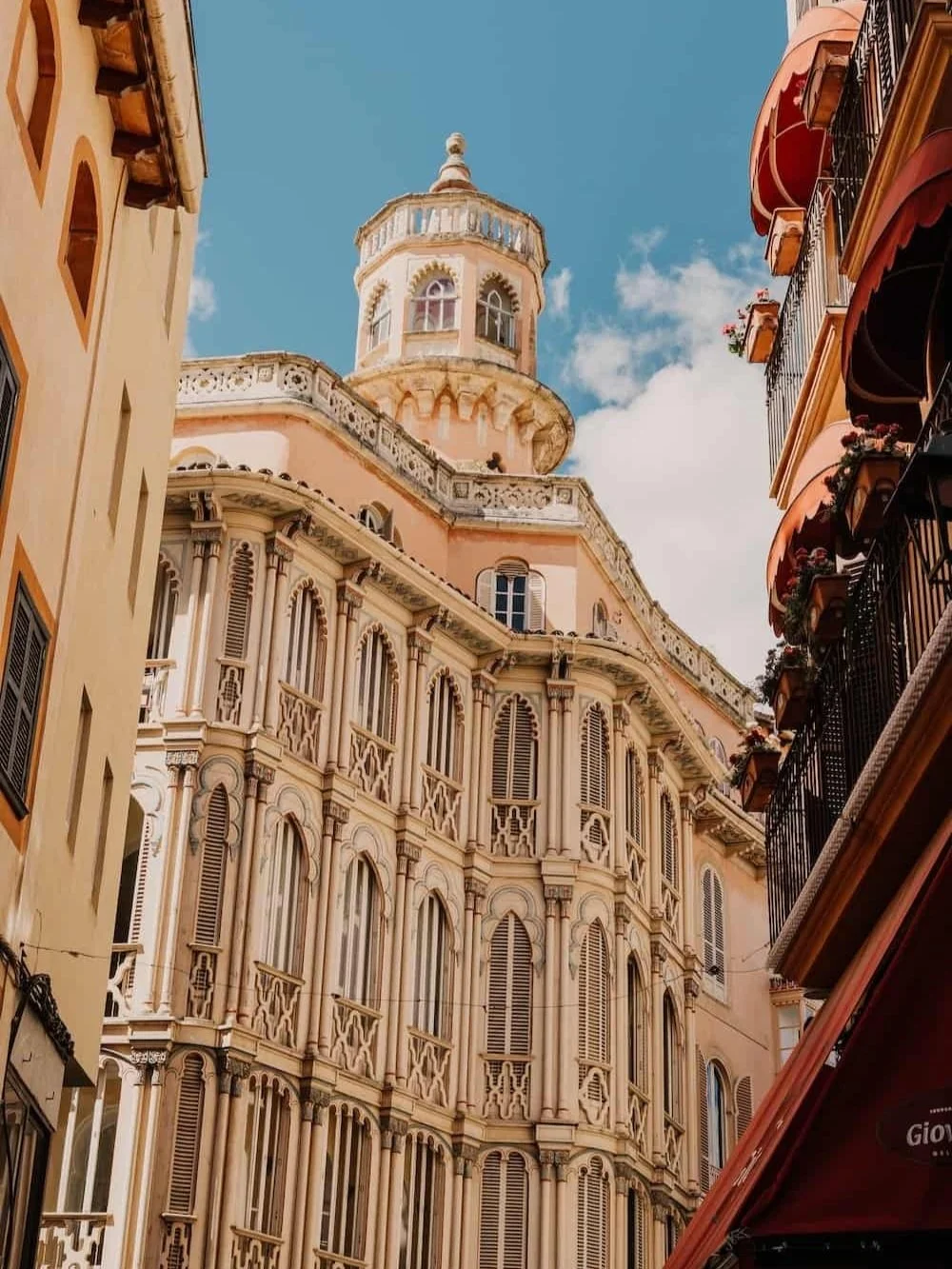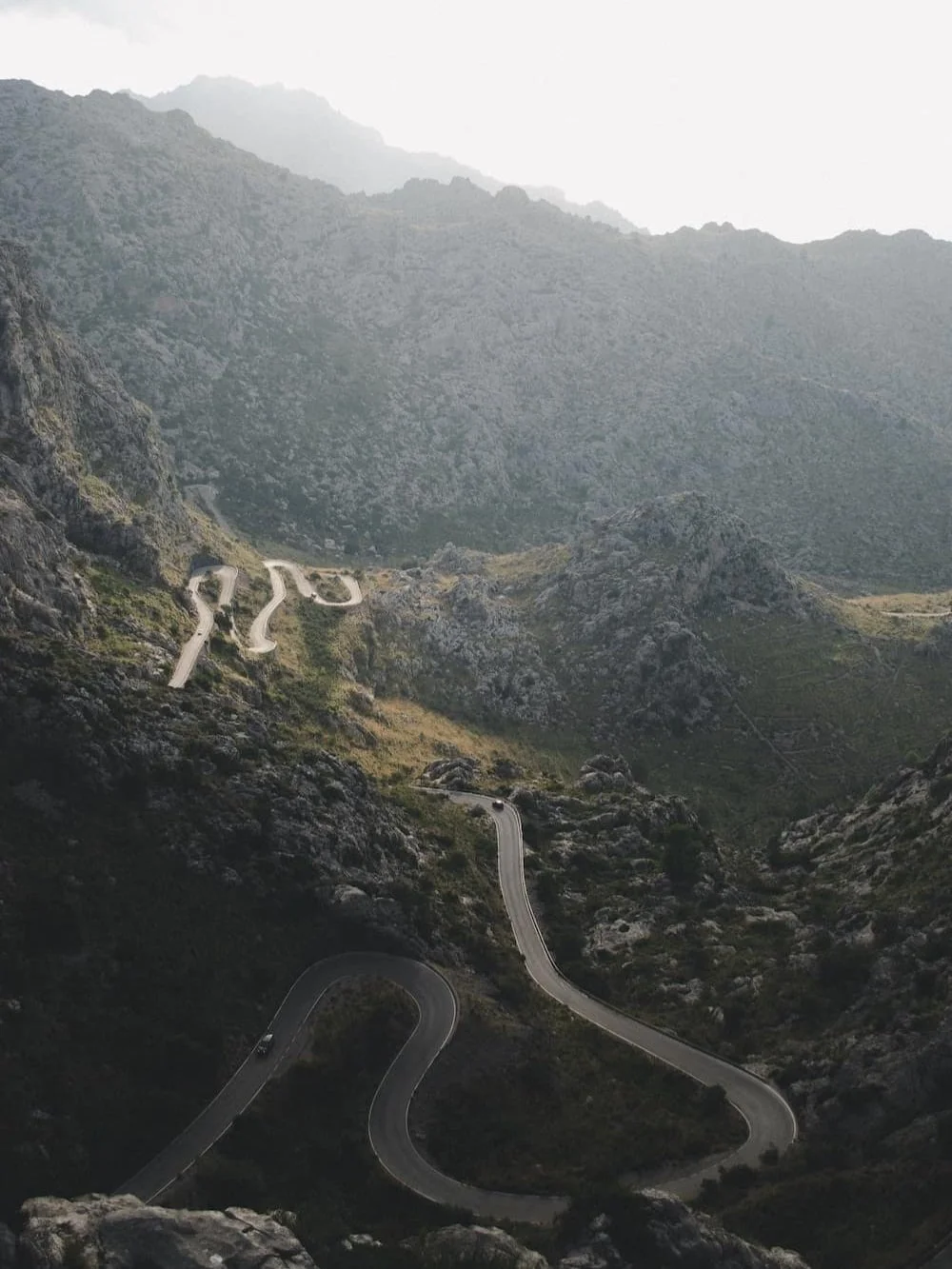Where is Mallorca? A Short Introduction To It’s Location And History
Where is Mallorca and what's it all about?
Mallorca is a stunning island located in the Mediterranean Sea, forming part of the Balearic Islands of Spain. It’s a traveler’s paradise of beautiful beaches, turquoise waters, charming mountain villages, and rich history.
The island offers diverse things to do, from its vibrant capital city Palma, to picturesque towns like Valldemossa and Sóller and many others scattered throughout the Tramuntana mountains. Mallorca also ticks all the boxes for the perfect summer vacation, with ample time for sunbathing, swimming, and water sports.
What is the difference between Mallorca and the Balearics?
Mallorca is actually a part of the Balearic Islands, so the difference lies in their relationship:
Balearic Islands: This is an archipelago of four main islands - Mallorca, Menorca, Ibiza, and Formentera. These islands are collectively known as the Balearics. They share similarities in terms of being Mediterranean destinations with beautiful coastlines and vibrant cultures.
Mallorca: As one of the Balearic Islands, Mallorca is the largest and most populated. It stands apart due to the rugged mountains and Palma, the capital of the Balearic Islands.
What’s the origin of the word and name Mallorca?
The name "Mallorca" has a complex history, derived from the Latin name "Maiorica," which means "larger island" in comparison to its neighboring island, Menorca, which means "smaller island." The Romans, who occupied the Balearic Islands around 123 BC, used these names to differentiate between the larger and smaller islands.
So what is the capital of Mallorca?
The capital of Mallorca, as well as the capital of the Balearic Islands, is Palma de Mallorca. Located on the south coast of Mallorca and known for its architecture, historical sites, lively atmosphere, and beautiful bay. Palma is worthy of a vacation on its own. It's not uncommon for people to visit Palma for a weekend due to its year-round appeal. Palma is comprised of different neighborhoods, including the old town for shopping, sightseeing and fine dining to the more hipster Santa Catalina with its vast array of bars and restaurants.
How does modern-day Mallorca connect its past into the present?
Modern-day Mallorca connects its rich past with modern life in several ways:
Architecture: The island preserves its historical architecture while incorporating modern elements.
Cultural Heritage: Mallorca celebrates its diverse cultural heritage through festivals, art exhibitions, and museums.
Cuisine: Mallorcan cuisine reflects its history through a blend of influences from various civilizations.
Traditional Crafts: The island maintains traditional crafts such as pottery, glassblowing, and basket weaving, connecting the present with age-old techniques and skills.
Preservation of Nature and Heritage Sites: The Tramuntana mountain range, UNESCO World Heritage Sites, and protected natural areas highlight the island's commitment to conservation.
P.S. Need a hire car? Click here for The Mallorcan’s exclusive 10% off rates with offUgo






